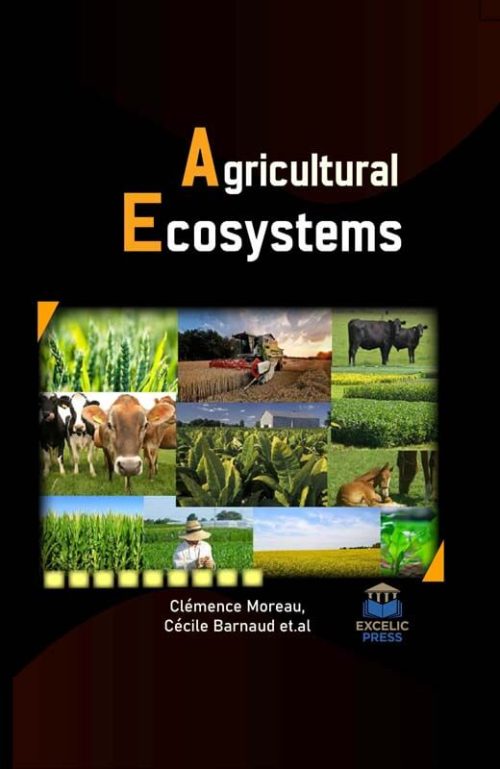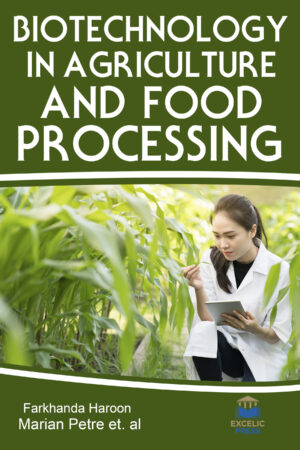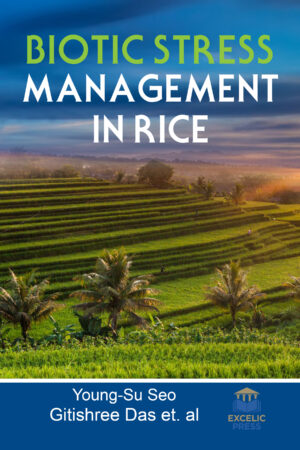Description
Agricultural biodiversity is essential for global food production, livelihood security and sustainable agricultural development. Agricultural ecosystems are young on an evolutionary time scale even where agriculture has been practiced continuously for more than 4000 years as in the case of rice cultivation in India, Thailand and Southern China. Thus, agriculture represents an enormous unplanned experiment on how biodiversity responds to environmental change. The presence of breeding species is related to characteristics of boundaries and to the surrounding land-use.
This book opens with a chapter on the study of herbivory and plant resistance in natural and agricultural ecosystems. The study of plant resistance involves the study of a large web of interactions mediated by a potentially large and diverse set of plant traits, and plant resistance can be studied from various perspectives.
A key challenge in the management of ecosystem services involves weighing up the trade-offs between these ecosystem services and who benefits from them. In mountainous zones, new trade-offs between ecosystem services emerge due to shifts in farming practices and their consequences on the landscapes (land abandonment and intensification), which is a source of debate and controversy between local stakeholders.
This book, therefore, focuses on conciliates agriculture with landscape and biodiversity conservation. Succeeding, the book emphasizes on age of grassy strips influences biodiversity of ground beetles in organic agroecosystems; the importance of insects in agricultural ecosystems; planting fruits and vegetables in home garden as a way to improve livelihoods and conserve plant biodiversity, and the role of earthworms in soil fertility maintenance through the production of biogenic structures. Additionally, it highlights the need to consider diverse land uses in the sustainable management of soil services in changing agricultural landscapes.
In last, it presents the opinion study that the agricultural ecosystem is an encouraging field for ornithologists. Focusing on agro-ecosystems and production systems levels, this book will assist to identify the main elements needed to offer allowing environments and technical, policy, institutional and legal incentives, from global to local aspects, for preservation and ecological use of agricultural biodiversity. Researchers need a new innovative and integrative or trans-disciplinary paradigm. It must enable researchers from a variety of disciplines to redefine development and environmental degradation in a system’s context. It must provide a conceptual framework for identification, testing, and adoption of multiple and simultaneous interventions.





